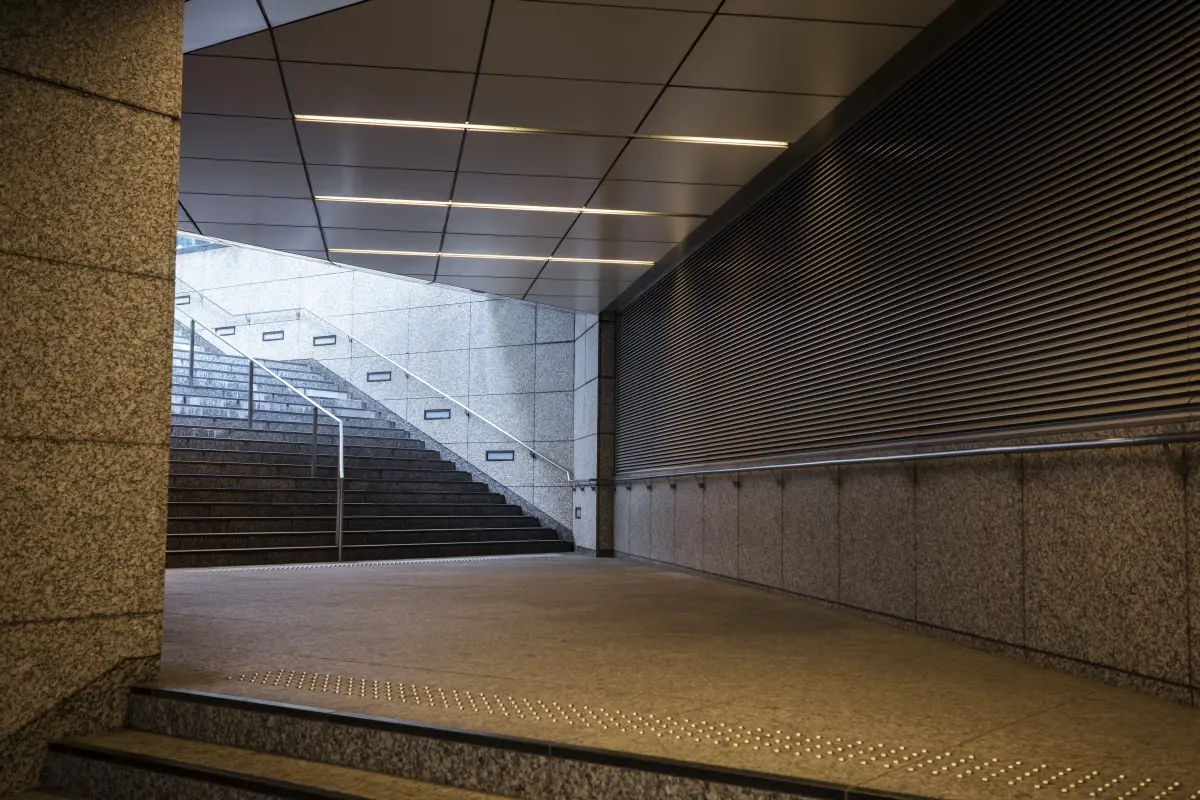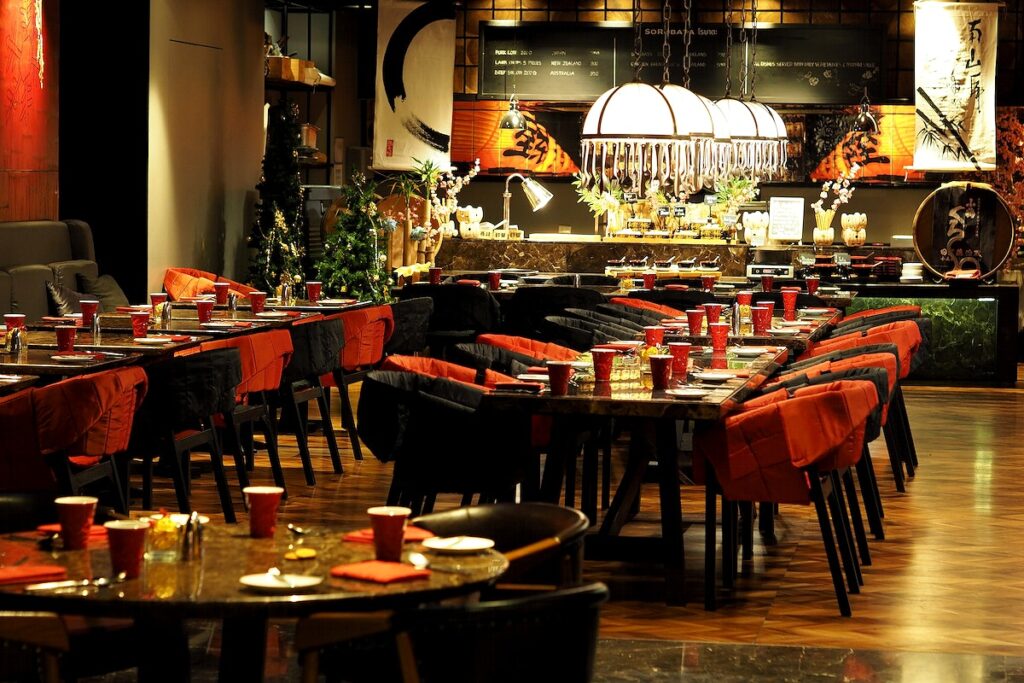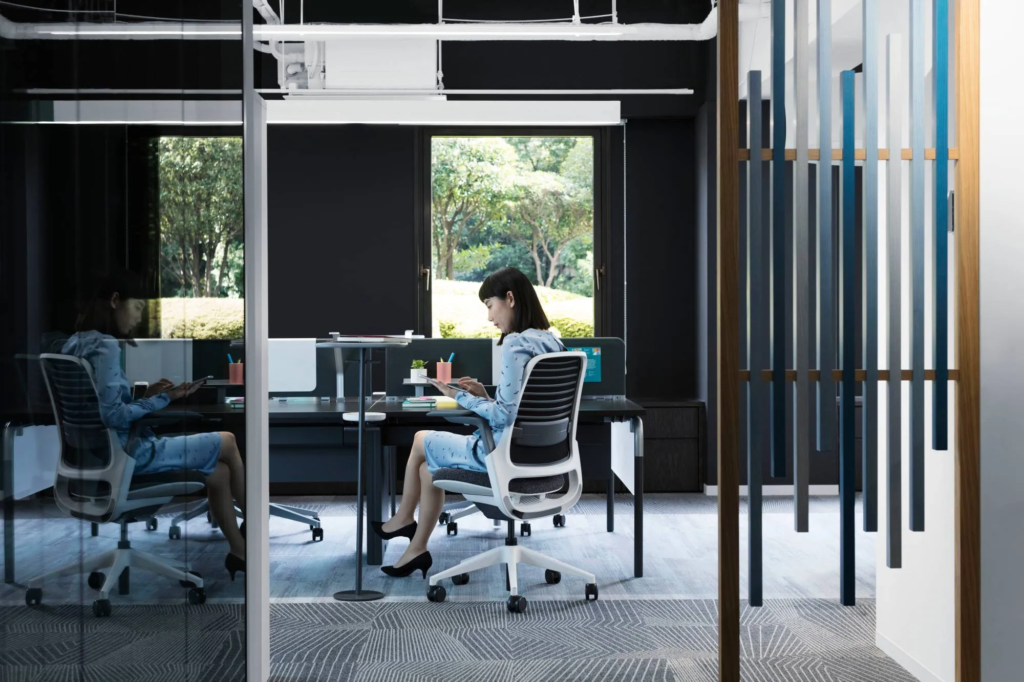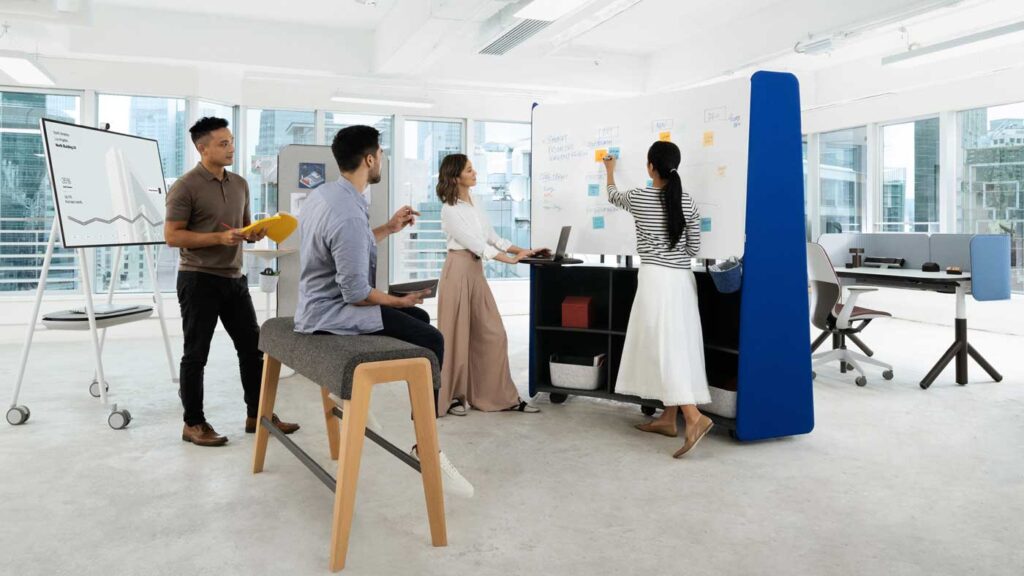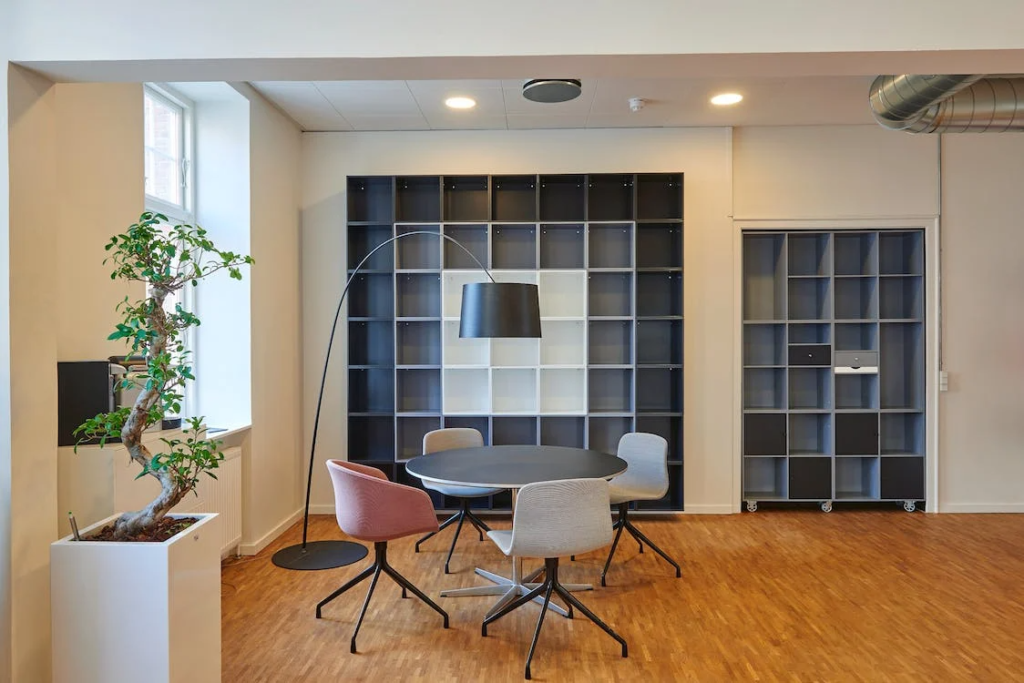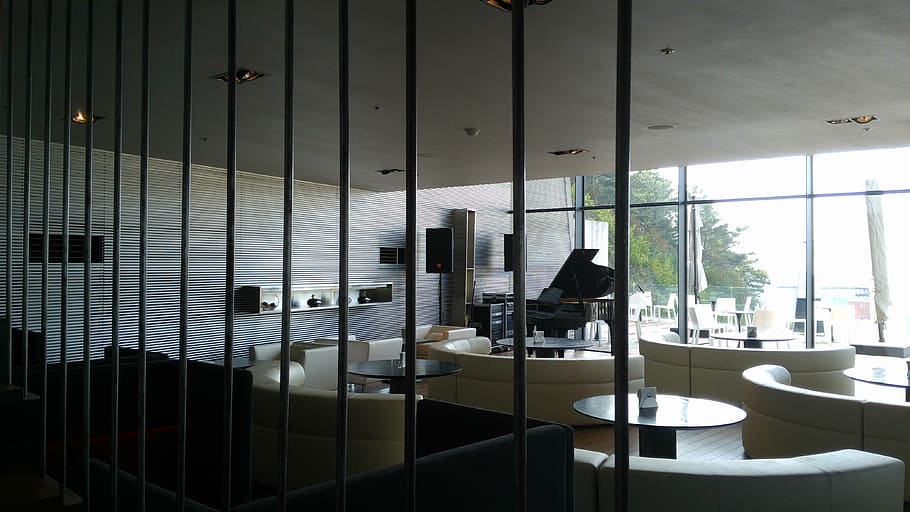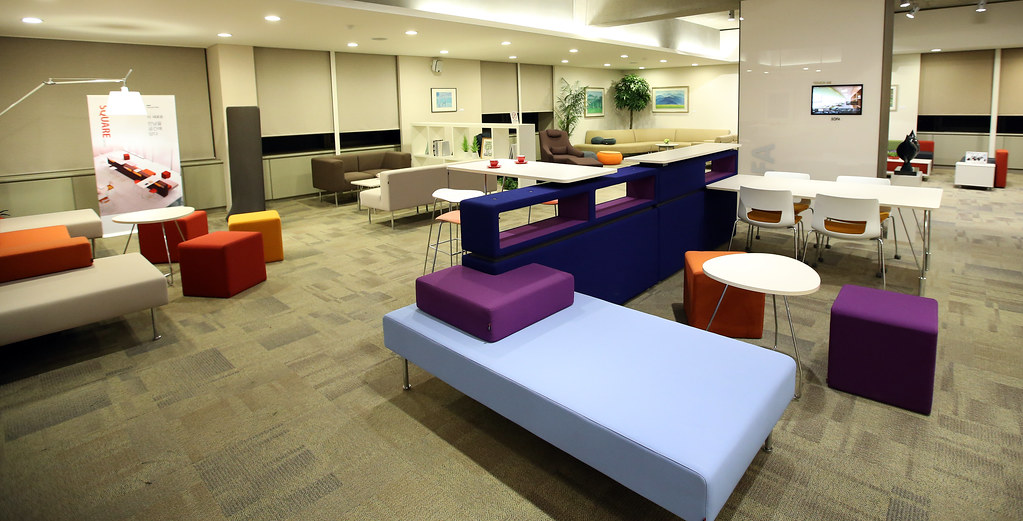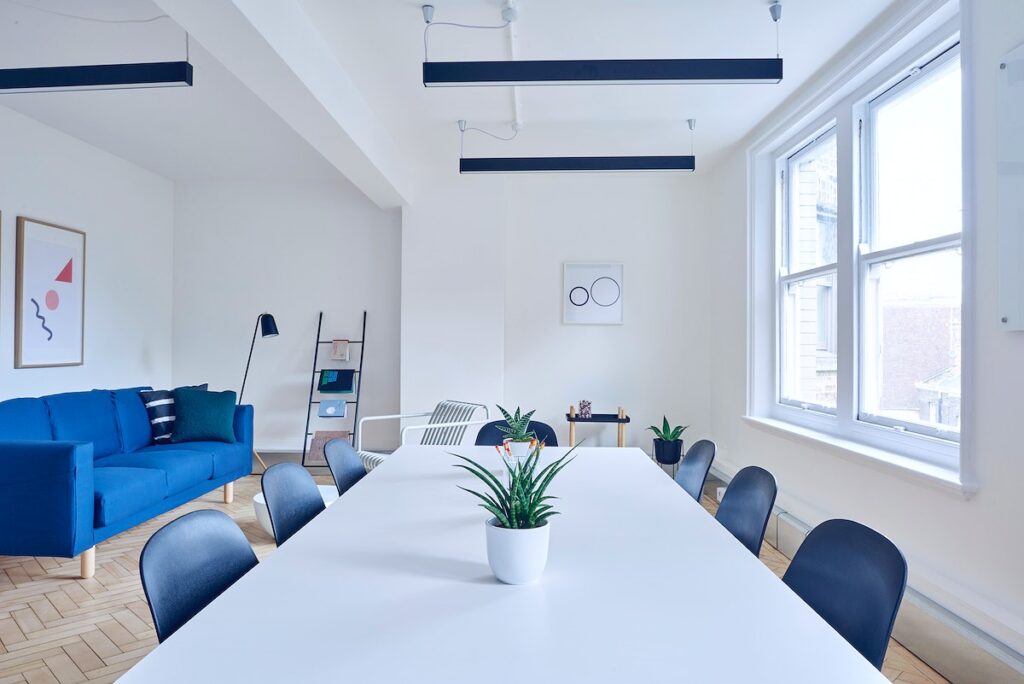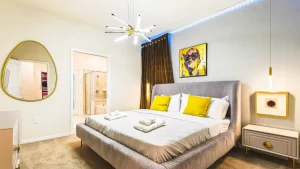Creating an inviting and well-designed commercial space is crucial for the success of any business. Whether you own a retail store, a restaurant, or an office, the way your space is designed can significantly impact the experience of your customers and employees.
In this article, we will explore the importance of commercial interior designing and the benefits it can bring to your business.
We will also provide a comprehensive guide on how to plan and execute an effective commercial interior designing project, covering various aspects such as color schemes, lighting, furniture selection, space planning, and branding.
By the end of this article, you will have the knowledge and tools necessary to create a stunning and functional commercial space that aligns with your business needs and brand identity.
Understanding your commercial space
To embark on a successful commercial interior designing project, it is essential to gain a thorough understanding of your commercial space.
This involves delving into various aspects that will influence the design decisions you make. Let’s explore these aspects in more detail:
Assessing your business needs
Begin by evaluating the specific requirements of your business. Consider the nature of your industry, the type of products or services you offer, and the activities that will take place within the space.
For instance, if you own a restaurant, you may need a well-designed kitchen area, a comfortable dining area, and possibly a bar or waiting area.
Understanding your business needs will guide you in determining the functionality and layout of your commercial space.
Analyzing your customers and target audience
Take the time to understand your customers and target audience. Consider their demographics, preferences, and behaviors.
Are they primarily young professionals, families, or older adults? What are their expectations when they visit your establishment?
By gaining insights into your customers, you can design a space that caters to their needs and enhances their experience.
For example, if your target audience is millennials who value sustainability, incorporating eco-friendly elements into your design can be a strategic choice.
Identifying your brand identity and style
Your commercial space should align with your brand identity and style. Consider the personality and values of your brand.
Are you aiming for a modern, minimalist look or a more traditional and cozy atmosphere? Think about the emotions and perceptions you want your space to evoke in your customers.
Your brand identity should be reflected in the design elements such as color schemes, materials, furniture, and overall ambiance.
Consistency between your brand and your commercial space will create a cohesive and memorable experience for your customers.
Planning your commercial interior designing
Planning your commercial interior designing project is a crucial step that sets the foundation for a successful outcome.
It involves careful consideration of various elements to ensure a well-executed and efficient design process. Let’s delve into the key aspects of planning your commercial interior designing:
Setting a budget
Before embarking on any design project, it is essential to establish a realistic budget. Consider your financial resources and determine how much you are willing to allocate for the design and implementation of your commercial space.
Your budget will influence decisions regarding materials, furniture, fixtures, and other design elements.
It is important to strike a balance between your desired aesthetic and practicality within your budgetary limitations. Consulting with a commercial interior design company or contractors can help you assess the feasibility of your budget and provide guidance on cost-effective solutions.
Choosing a design team or contractor
Selecting the right design team or contractor is crucial to the success of your commercial interior designing project.
Research and seek recommendations to find professionals with experience and expertise in commercial design.
Review their portfolio to ensure their style aligns with your vision. Meet with potential candidates to discuss your project, ask about their design process, and assess their communication and project management skills.
A reliable and reputable design team or contractor will guide you through the design process, provide valuable insights, and ensure the smooth execution of your project.
Creating a design plan and timeline
Developing a comprehensive design plan and timeline will help you stay organized and ensure a smooth progression of your project.
Collaborate with your design team or contractor to establish clear goals, design concepts, and deliverables.
The design plan should outline the scope of work, including spatial layout, color schemes, materials, furniture selection, and lighting design.
A detailed timeline will break down the project into stages, specifying key milestones, deadlines, and dependencies. This will help you track progress, anticipate potential delays, and keep the project on schedule.
Choosing your space’s color scheme
Color plays a significant role in commercial interior designing, as it can influence emotions, perceptions, and overall atmosphere.
Understanding color psychology for commercial spaces is essential in selecting the right color scheme that aligns with your business goals.
Different industries often have popular color schemes that evoke certain feelings or associations. For example, restaurants may opt for warm tones to create a cozy and inviting ambiance, while technology companies may choose sleek and modern color palettes.
Here are five tips to help you select the right colors for your commercial space:
- Consider your brand identity:
Your color scheme should reflect your brand’s personality and values. - Think about your target audience:
Consider the preferences and expectations of your target customers. - Create a cohesive flow:
Choose colors that complement each other and create a harmonious visual experience. - Use accent colors strategically:
Accent colors can add visual interest and highlight specific areas or features. - Test samples in the space:
Before making a final decision, test paint or material samples in your commercial space to see how they interact with the lighting and other elements.
Lighting your interior
Proper lighting is vital in commercial interior designing as it affects the mood, functionality, and visual appeal of your space.
Different types of lighting serve specific purposes, and by incorporating a variety of lighting sources, you can create layers and depth in your space.
Consider natural light, ambient lighting, task lighting, and accent lighting to achieve the desired effect. When choosing light fixtures, take into account the style of your commercial space and ensure they complement the overall design.
Selecting furniture for your space
Commercial furniture not only provides functionality but also contributes to the aesthetics of your space. When selecting furniture, consider the must-have pieces that are essential for your business operations.
Pay attention to the size and style of the furniture to ensure it fits well within the space and aligns with your design concept.
Additionally, think about the comfort and durability of the furniture, as it will impact the experience of your customers and employees.
Commercial seating, surfaces, accessories, and decor should all be carefully chosen to create a cohesive and inviting atmosphere.
Maximizing commercial space and flow
Space planning is a critical aspect of commercial interior designing, especially when dealing with small or unusual spaces.
Maximizing the available space and optimizing the flow can create an efficient and pleasant environment for both customers and employees.
Consider creative space solutions such as multifunctional furniture, clever storage options, and strategic placement of fixtures and displays.
Here are five tips to improve flow and functionality in your commercial space:
- Define zones:
Divide your space into functional zones to create a clear layout and guide people through the area. - Optimize traffic flow:
Arrange furniture and fixtures to ensure smooth movement and avoid congestion. - Utilize vertical space:
Make use of walls and vertical storage solutions to maximize storage and display options. - Keep pathways clear:
Remove any obstacles or clutter that may hinder movement or create hazards. - Regularly assess and adjust:
Continuously evaluate the effectiveness of your space planning and make adjustments as needed.
Incorporating branding and signage
Branding is a crucial aspect of commercial design as it helps create a distinct identity for your business. By incorporating branding elements into your space, you can strengthen your brand presence and make a lasting impression on your customers.
Consider creatively incorporating your logo, colors, and messaging throughout the interior design. Effective signage design and placement are also essential to guide customers and communicate important information.
Here are five tips for incorporating branding and creating effective signage:
- Display your logo prominently:
Place your logo in a prominent location to enhance brand recognition. - Use consistent branding elements:
Ensure that your branding elements, such as colors and fonts, are consistent across different touchpoints. - Tell your brand story visually:
Use graphics and visuals to communicate your brand story and values. - Consider digital signage:
Digital signage allows for dynamic content and easy updates, making it ideal for showcasing promotions or announcements. - Prioritize visibility and legibility:
Make sure your signage is easily visible and legible from various angles and distances.
Designing commercial interiors that meet your business needs and reflect your brand identity is a multifaceted process.
By understanding the importance of commercial interior designing and following the tips and ideas presented in this article, you can create a stunning and functional space that leaves a positive impression on your customers and provides a conducive environment for your employees.
Remember to assess your business needs, plan your design project carefully, and consider color schemes, lighting, furniture, space planning, and branding elements.
With thoughtful consideration and attention to detail, your commercial space can become a powerful asset in the success of your business.

